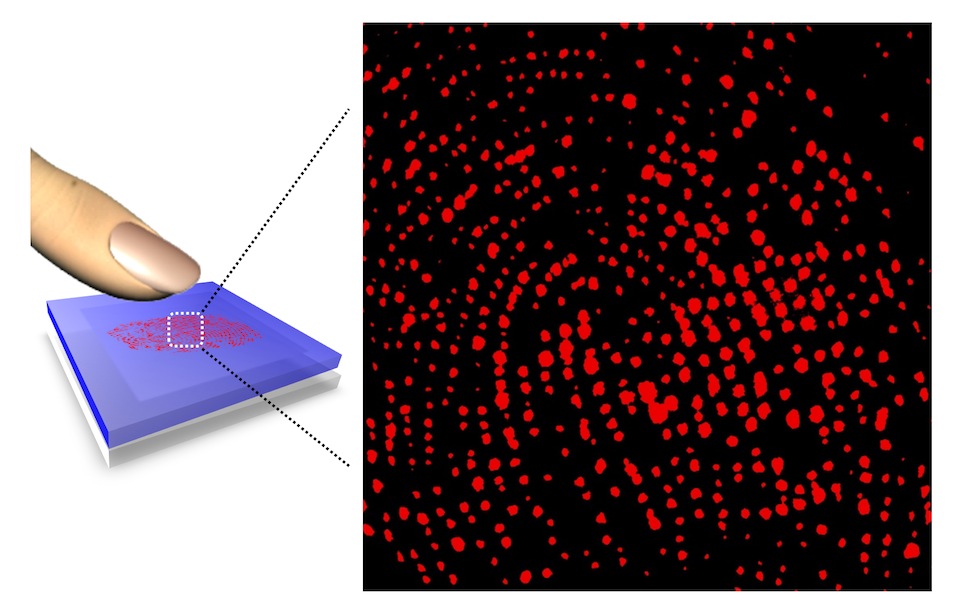Sweaty Hands? New Fingerprinting Method Takes Pore Prints

Criminals might not get away so easily, thanks to a new fingerprinting method that may be faster and more reliable than traditional methods, researchers say.
The method images the sweat pores in a human hand using a polymer that glows fluorescent and changes color when it comes in contact with tiny droplets of water. Only a small fraction of the fingerprint is needed to identify an individual, according to the new study.
"The sensor technology developed in this study has the potential of serving as a new method for fingerprint analysis and for the clinical diagnosis of malfunctioning sweat pores," the researchers wrote in the study, detailed today (April 29) in the journal Nature Communications. [5 Crazy Technologies That Are Revolutionizing Biotech]
The idea of using sweat pores for fingerprinting isn't new, but this is the first time that fast, reliable and cheap methods have been available.
A team led by Jong-Man Kim, a chemical engineer at Hanyang University in South Korea, developed a new fingerprinting method that uses a simple color-changing polymer that can be deposited using an ink-jet printer. When a fingertip is pressed against it, the polymer changes color from blue to red and glows in the places where it comes into contact with sweat, producing a dotted pattern that constitutes a unique fingerprint.
Traditional fingerprinting, which captures the characteristic ridge patterns on the fingertip, requires a large area to produce a reliable print and is prone to error. In contrast, the sweat-pore method requires only a small fraction of the fingertip to match it to its owner and is more reliable, researchers said.
The new method could also be used to diagnose sweat-pore disorders, because it can distinguish functioning pores from nonfunctioning ones.
Get the world’s most fascinating discoveries delivered straight to your inbox.
Follow Tanya Lewis on Twitter and Google+. Follow us @livescience, Facebook & Google+. Original article on Live Science.

